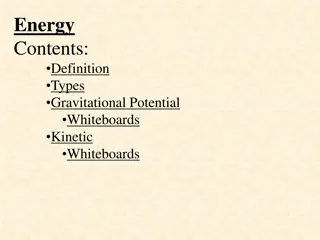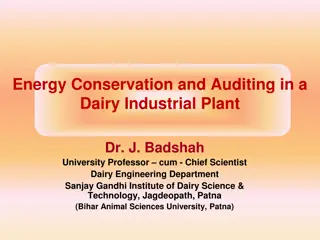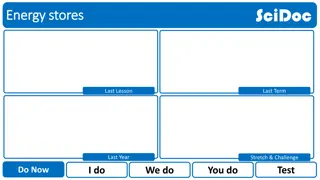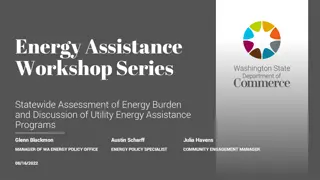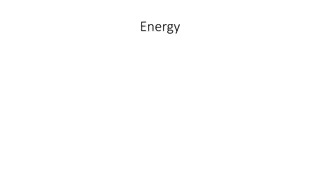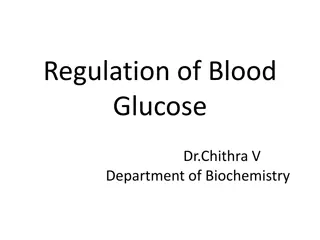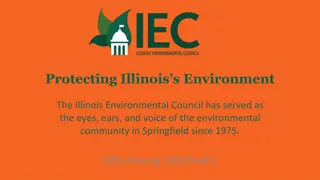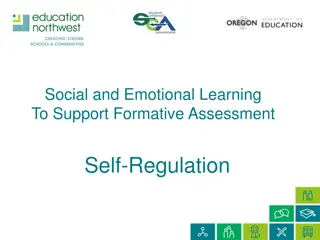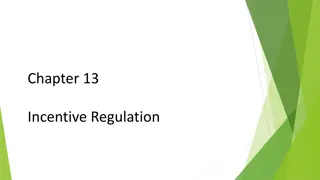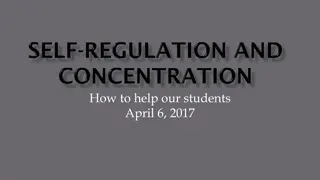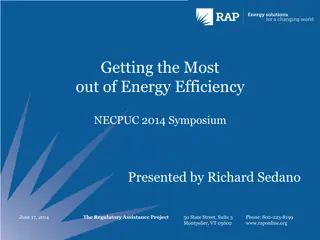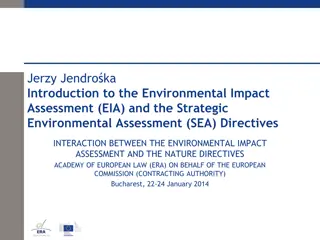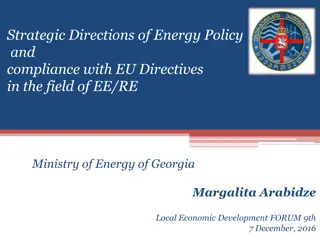ENERGY AND ENVIRONMENTAL REGULATION
This draft document, dated 05/04/2017, focuses on energy and environmental regulation, presenting solutions for a sustainable future. It discusses key strategies to navigate the intersection of energy consumption and environmental impact. The draft outlines policies and initiatives aimed at achieving a balance between meeting energy demands and preserving the environment.
Download Presentation

Please find below an Image/Link to download the presentation.
The content on the website is provided AS IS for your information and personal use only. It may not be sold, licensed, or shared on other websites without obtaining consent from the author.If you encounter any issues during the download, it is possible that the publisher has removed the file from their server.
You are allowed to download the files provided on this website for personal or commercial use, subject to the condition that they are used lawfully. All files are the property of their respective owners.
The content on the website is provided AS IS for your information and personal use only. It may not be sold, licensed, or shared on other websites without obtaining consent from the author.
E N D
Presentation Transcript
ENERGY AND ENVIRONMENTAL REGULATION DRAFT (05/04/2017) Energy solutions. Delivered.
THE UTILITY INDUSTRY The Utility Industry is multi-faceted and absolutely sprawling in scope: Supply Side Extraction/Refining, Transportation, Generation, Distribution Demand Side Energy Efficiency, Customer Protection, Market Transformation Covers all forms of energy: electricity, coal, natural gas, nuclear, solar, etc. Deemed Critical Infrastructure . As a result, we are one of the most regulated industries: On the Environmental Side Environmental Protection Agency (EPA) On the Economic Side Federal Energy Regulatory Commission (FERC) On the Transportation Side Department of Transportation On the Consumer Side Department of Energy All States have their own Public Utilities Commission (PUC) Localities may also have their own PUC. | 2 Applied Energy Group www.appliedenergygroup.com
ABOUT US THE UTILITY LIFECYCLE Planning: Baseload Forecasting Efficiency Potential Generation Requirements IRP Integrated Resource Planning Implementation: Market Outreach Onsite Installations Planning Planning Implementation Implementation Evaluation Evaluation Evaluation: Savings: Ex-Ante (Before) vs. Ex-Post (After) Estimates Process: Customer Targeting and Recruiting | 3 Applied Energy Group www.appliedenergygroup.com
A QUICK ECONOMICS LESSON Free markets are efficient [G]reed reed, for lack of a better word, is good , for lack of a better word, is good. Greed is right, greed works. Greed clarifies, cuts through, and captures the essence of the evolutionary spirit. Greed, in all of its forms: greed for life, for money, for love, knowledge, has marked the upward surge of mankind. - Gordon Gecko, Wall Street (1987) | 4 Applied Energy Group www.appliedenergygroup.com
A QUICK ECONOMICS LESSON Free markets are efficient What happens if I have market power and inelasticity of demand? How much energy can you realistically curtail due to prices? | 5 Applied Energy Group www.appliedenergygroup.com
A QUICK ECONOMICS LESSON Free markets are efficient, if if there are no market failures Monopoly Power everyone can switch suppliers at will Credit Constraints everyone can afford every option Imperfect Information everyone knows about every option Consumer Mistakes everyone makes rational decisions Nothing is Mispriced all externalities are included in the price Energy and Environmental policy is affected by all Monopoly Power utilities are typically the only provider Credit Constraints customers have limited income. Imperfect Information customers aren t energy efficiency experts. Consumer Mistakes consumers can behave irrationally at times. Nothing is Mispriced what s the price of carbon, again? market failures. all of these: | 6 Applied Energy Group www.appliedenergygroup.com
WHY DO WE HAVE REGULATIONS Many of them are Common Sense You drive on the right hand side of the road. Your electronic devices assume a 60 Hz mains frequency. Some of Them Correct for Market Failures You cannot exert monopoly power on your customers. Federal Power Act Section 205 (16 U.S.C. 824d) just and reasonable , no undue preference or advantage. You cannot dump waste into rivers and lakes. And Some of Them Nudge the Market. Many consumer products are regulated by efficiency standards. Your new car must meet an efficiency standard (CAFE). | 7 Applied Energy Group www.appliedenergygroup.com
HOW DO WE ENACT REGULATIONS Regulations largely come in three forms: A regulation or rule. Read as: You can t do that. Pros: You get the result you want ( Enforcement). Cons: Examples: Montreal Protocol (CFCs), Energy Efficiency Standards, A quota or limit. Read as: You can do that up to a limit. Pros: Not as drastic as a regulation. Longer time horizon (ratchet). Cons: Examples: Cap-and-trade. Fishing Quotas. A tax or credit/subsidy. Read as: You can do that, but you re going to pay. Pros: Punishes proportionally. Cons: Can be regressive in nature. Examples: Electric Vehicle tax credit. Carbon tax. Energy Efficiency Rebates. | 8 Applied Energy Group www.appliedenergygroup.com
WHEN THINGS GO RIGHT Renewable Portfolio Standards | 9 Applied Energy Group www.appliedenergygroup.com
MONTREAL PROTOCOL Montreal Protocol | 10 Applied Energy Group www.appliedenergygroup.com
WHEN WE GET IT WRONG (SORT OF) Energy Efficiency Rebates and Subsidies Generally, these work at the high level you get savings and more efficient households, overall. However, many programs are mistargeted Tax credits are typically taken by wealthier households. Green cars are purchased by homes in green neighborhoods/states. Energy Efficiency programs are adopted by those interested in energy efficiency. Those that aren t aware or can t participate are typically the ones that need it most. | 11 Applied Energy Group www.appliedenergygroup.com
WHEN WE GET IT WRONG California s Partial Deregulation (2000 2001) Why chose when you can have the worst of both worlds? Spot the issue (albeit this is with hindsight ): California enacted a law to deregulate wholesale electricity prices allowing them to float as generation ebbed and flowed. Utilities (PG&E, SDG&E, and SCE) were able to recoup some costs by having retail prices capture some of the stranded cost. Retail prices, however, were capped. Supply ended up deregulated, but with little oversight: "In the final analysis, it doesn't matter what you crazy people in California do, because I got smart guys who can always figure out how to make money. - Kenneth Lay, CEO of Enron Demand ended up regulated, but with artificial market caps: Capped prices remove the incentive to conserve by disconnected customers and cost Buy High, Sell Low | 12 Applied Energy Group www.appliedenergygroup.com
Anthony Duer, Associate aduer@ameresco.com
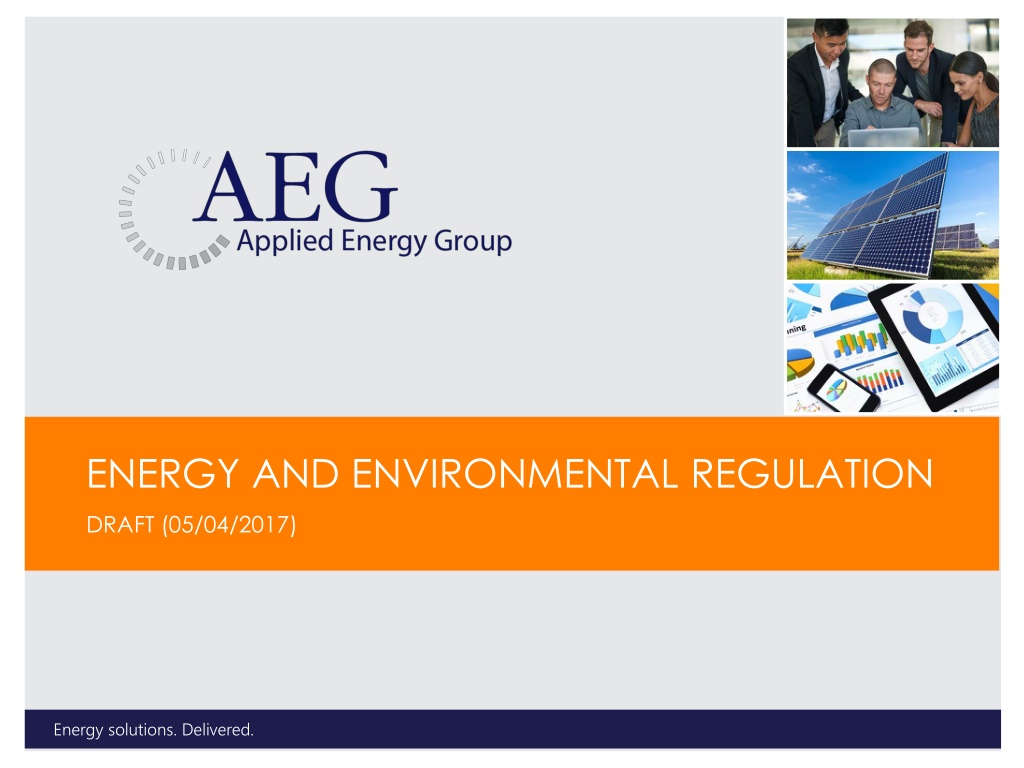
 undefined
undefined














